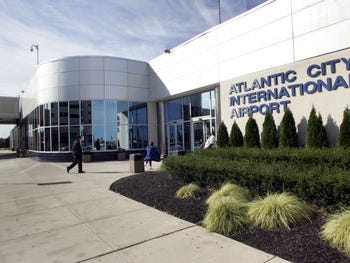
The resulting set of standards can be tailored to meet the needs of the system or program at hand. The HFDS broadens the focus to include both air traffic and technical operations systems and has been modified into a set of standards instead of a set of guidelines, providing a common source of FAA-specific design requirements.

The HFDS replaces and expands upon the Human Factors Design Guide (HFDG) published in 1996 and all HFDG chapter updates. An additional goal is to facilitate use of appropriate design criteria by organizing the document so that users can easily locate the needed information. The purpose of the HFDS is to provide a single easy-to-use source of human factors design criteria, oriented to the needs of the FAA mission and systems. It is an exhaustive compilation of human factors practices and principles integral to the procurement, design, development, and testing of FAA systems, facilities, and equipment. The Human Factors Design Standard (HFDS) is an important work in the field of human factors. 58 460 58 664 264 264 464 64 64 664 NORFOLK INTERNATIONAL AIRPORT FUTURE CRANEY ISLAND MARINE TERMINAL VIRGINIA INTERNATIONAL GATEWAY PORTSMOUTH MARINE TERMINAL NORFOLK INTERNATIONAL TERMINALS.

Atlantic City International Airport, NJ: Federal Aviation Administration William J. Human Factors Design Standard (HF-STD-001). FAA Home ▸ Data & Research ▸ ANG-E25 Home ▸ Publications Human Factors Design StandardĪhlstrom, V., & Longo, K. Map showing area surrounding the Atlantic City International Airport in New Jersey, which encompasses the William J.


 0 kommentar(er)
0 kommentar(er)
